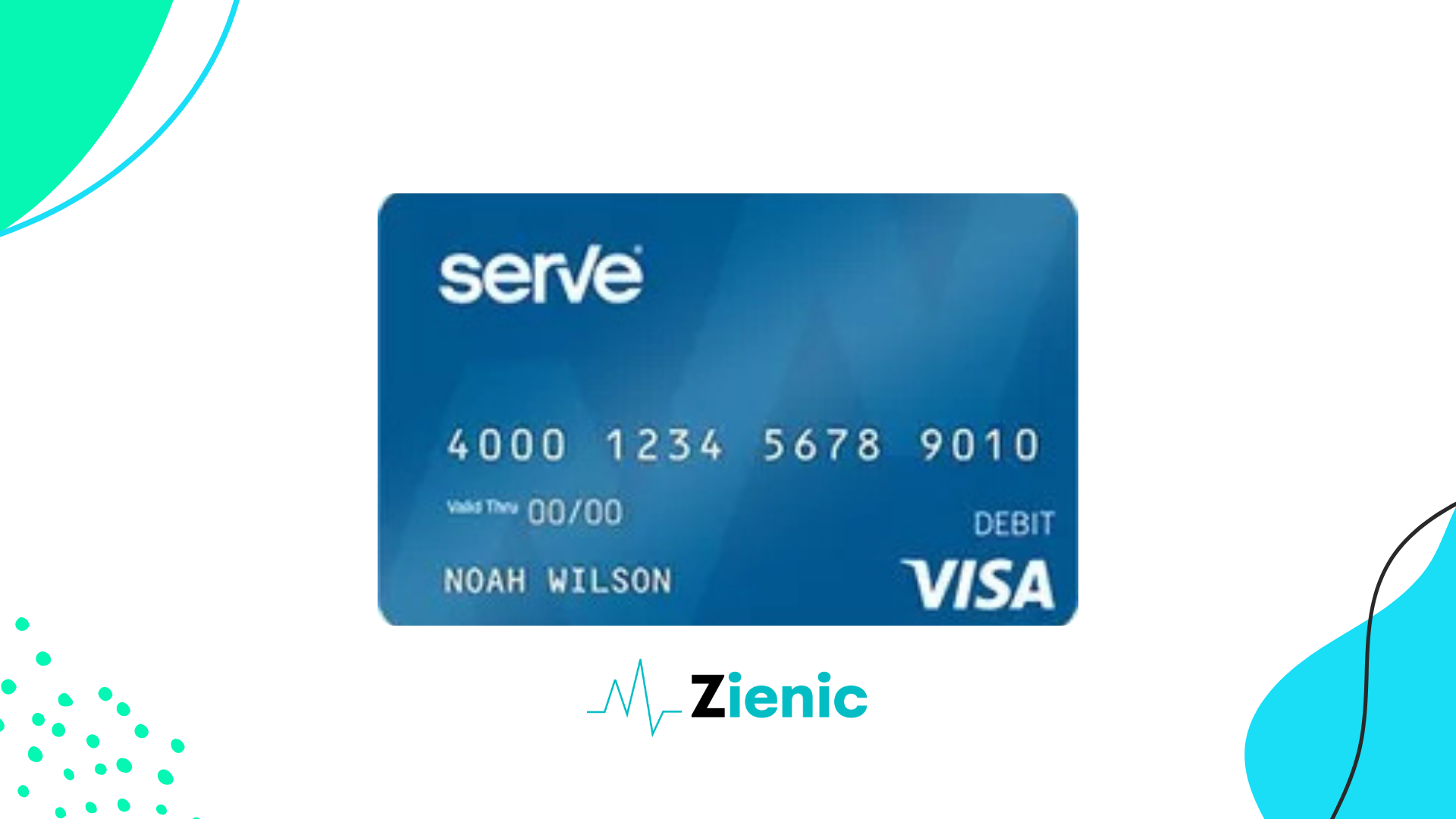Renegotiating credit card debt can be challenging, especially when interest rates are climbing and monthly payments become increasingly difficult to manage. In today’s economic climate, many Americans are seeking strategies to reduce financial strain and regain control over their budgets. Understanding the right steps to approach creditors can make a significant difference in achieving more manageable repayment terms.
Before taking any action, it is essential to assess your current debt situation thoroughly. Review your statements, calculate your total balance, and determine your interest rates. This will not only help you understand the scope of your debt but will also prepare you for negotiations by providing concrete figures. Creditors respond better to borrowers who are well-prepared and demonstrate commitment to resolving their obligations.
Understand Your Rights and Options Before Contacting Creditors

Knowing your rights as a consumer can empower you when speaking with your bank or credit card issuer. In the U.S., certain laws and programs can help protect you from unfair practices. Familiarize yourself with options such as hardship programs, balance transfers, or consolidation loans. These alternatives can significantly reduce interest rates or extend repayment terms, making debt management more feasible in times of economic uncertainty.
You should also research whether your creditor offers temporary relief measures. Many institutions provide short-term interest reductions or deferred payments for customers experiencing financial hardship. Approaching the conversation with knowledge of available programs shows that you are proactive and informed, increasing the likelihood of a positive outcome.
Craft a Persuasive and Realistic Proposal
When renegotiating, clarity and realism are essential. Start by determining what monthly payment you can afford without jeopardizing other financial responsibilities. Present this amount to your creditor along with a brief explanation of your situation, emphasizing your willingness to honor the debt despite current challenges. A professional and respectful tone can foster cooperation, while vague or unrealistic demands may lead to a quick rejection.
Support your proposal with proof of income, recent expenses, or unexpected financial setbacks. Providing documentation demonstrates transparency and helps your creditor understand your limitations. Highlight any positive payment history you credit card have maintained, as this can be a persuasive factor in convincing them to reconsider your current terms.
Explore Alternative Solutions If Negotiations Stall Credit Card
If direct negotiation fails, other strategies can still offer relief credit card. Consider seeking help from a nonprofit credit counseling agency that can mediate between you and your creditor. These agencies often create debt management plans that consolidate payments into a single monthly amount, usually with reduced interest rates. Such arrangements can simplify repayment and provide a structured path toward financial stability.
You may also explore the option of refinancing your debt through a personal loan with a lower interest rate. While this approach requires careful evaluation, it can help you replace multiple high-interest balances with one more affordable payment. However, it is crucial to compare offers from different lenders and factor in any origination fees to ensure that refinancing truly leads to long-term savings.
Additional Tactics to Keep in Mind
Before committing to any new agreement, review all terms in writing. Ensure that no hidden fees or unfavorable clauses will create further issues down the road. Moreover, continue monitoring your credit report to track the impact of the new arrangement and ensure that all changes are accurately reflected.
Final Thoughts on Regaining Financial Control Credit Card
Renegotiating credit card debt in times of high interest rates requires preparation, patience, and persistence. While it may seem daunting, taking a structured approach increases your chances of success. By understanding your rights, presenting a strong proposal, and exploring alternative solutions, you can secure more manageable terms and move toward long-term financial well-being.
Ultimately, the goal is not just to lower payments temporarily but to create a sustainable plan that prevents future debt cycles. With the right mindset and strategies, you can turn this challenge into an opportunity to strengthen your financial habits and build a more secure future.



